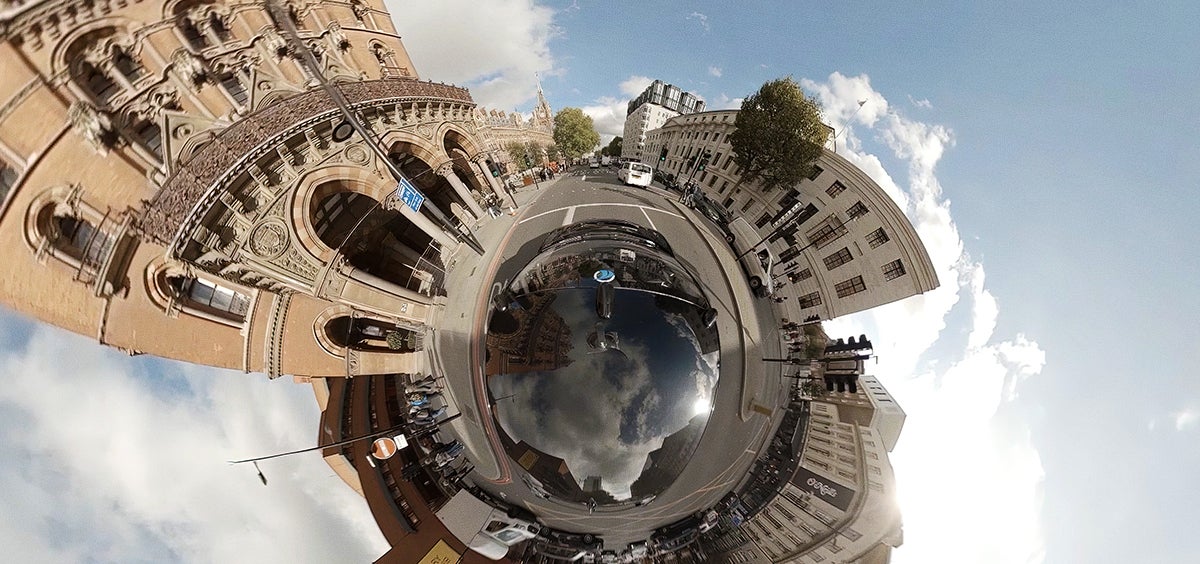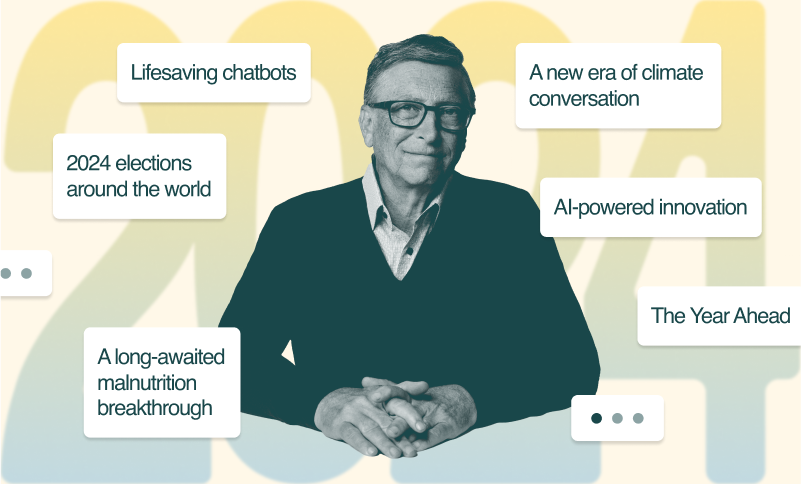Hannah Ritchie provides tangible action that people, companies, and governments can take to build that better world—one where trade-offs between human well-being and environmental protection, between life today and life tomorrow, no longer have to be made.
I’ve always been a car guy. When I was younger, I used to love driving fast (sometimes too fast). Now, I look forward to my daily commute to work. There’s something so fun yet meditative about driving a car.
Despite that, I’m excited for the day I get to hand over control of my car to a machine.
That day is coming sooner rather than later. We’ve made tremendous progress on autonomous vehicles, or AVs, in recent years, and I believe we’ll reach a tipping point within the next decade. When it happens, AVs will change transportation as dramatically as the PC changed office work. A lot of this development has been enabled by the progress made in artificial intelligence more broadly. (I recently shared my thoughts about AI on this blog. You can read them here.)
Some background for those who might not know a lot about AVs: The best way to understand where we are today is by looking at the Society of American Engineers, or SAE, classification system. This is widely used to describe how autonomous a vehicle is.

In levels 0-2, a human driver is in full control of the car, but the vehicle can provide assistance through features like adaptive cruise control and lane centering. Level 3 is when the technology starts to move from the driver being in control to the vehicle being in control. By the time you reach the highest level, the car can be fully autonomous at all times and under all conditions—the level 5 vehicles of the future might not have steering wheels at all.
Right now, we’re close to the tipping point—between levels 2 and 3—when cars are becoming available that allow the driver to take their hands off the wheel and let the system drive in certain circumstances. The first level 3 car was recently approved for use in the United States, although only in very specific conditions: Autonomous mode is permitted if you’re going under 40 mph on a highway in Nevada on a sunny day.
Over the next decade, we’ll start to see more vehicles crossing this threshold. AVs are rapidly reaching the point where almost all of the technology required has been invented. Now, the focus is on refining algorithms and perfecting the engineering. There have been huge advances in recent years—especially in sensors, which scan the surrounding environment and tell the vehicle about things it needs to react to, like pedestrians crossing the street or another driver who swerves into your lane.
There are a lot of different approaches to AVs in development. Many vehicle manufacturers—like GM, Honda, and Tesla—are working on models that look like regular cars but have autonomous features. Then there are companies entirely focused on AVs, some of whose products are pushing the boundaries of what a vehicle can be—like a perfectly symmetrical robotaxi or public transit pods. Many others are developing components that can be installed to give an existing vehicle autonomous capabilities.
I recently had the opportunity to test drive—or test ride, I guess—a vehicle made by the British company Wayve, which has a fairly novel approach. While a lot of AVs can only navigate on streets that have been loaded into their system, the Wayve vehicle operates more like a person. It can drive anywhere a human can drive.
When you get behind the wheel of a car, you rely on the knowledge you’ve accumulated from every other drive you’ve ever taken. That’s why you know what to do at a stop sign, even if you’ve never seen that particular sign on that specific road before. Wayve uses deep learning techniques to do the same thing. The algorithm learns by example. It applies lessons acquired from lots of real world driving and simulations to interpret its surroundings and respond in real time.
The result was a memorable ride. The car drove us around downtown London, which is one of the most challenging driving environments imaginable, and it was a bit surreal to be in the car as it dodged all the traffic. (Since the car is still in development, we had a safety driver in the car just in case, and she assumed control several times.)
It’s not clear yet which approaches will be the most successful, since we’re only starting to reach the threshold where cars become truly autonomous. But once we get there, what will the transition to AVs actually look like?
For one thing, passenger cars will likely be one of the last vehicle types to see widespread autonomous adoption. Long-haul trucking will probably be the first sector, followed by deliveries. When you finally do step into an AV, it will likely be a taxi or a rental car. (Rental car companies lose a lot of money every year to driver-caused accidents, so they’re eager to transition to an AV fleet that is—at least in theory—less accident-prone.)
As AVs become more common, we’re going to have to rethink many of the systems we’ve created to support driving. Car insurance is a great example. Who is responsible when an autonomous vehicle gets in an accident, the person riding in the car or the company that programmed the software? Governments will have to create new laws and regulations. Roads might even have to change. A lot of highways have high-occupancy lanes to encourage carpooling—will we one day have “autonomous vehicles only” lanes? Will AVs eventually become so popular that you have to use the “human drivers only” lane if you want to be behind the wheel?
That type of shift is likely decades away, if it happens at all. Even once the technology is perfected, people might not feel comfortable riding in a car without a steering wheel at first. But I believe the benefits will convince them. AVs will eventually become cheaper than regular vehicles. And if you commute by car like me, just think about how much time you waste driving. You could instead catch up on emails, or read a good book, or watch the new episode of your favorite show—all things that are possible in fully autonomous vehicles. More importantly, AVs will help create more equity for the elderly and people with disabilities by providing them with more transportation options. And they’ll even help us avoid a climate disaster, since the majority in development are also electric vehicles.
Humanity has adapted to new modes of transportation before. I believe we will do it again. For most of our existence, we relied on natural ways of getting around: We walked, or rode on horseback, or traveled in a boat pushed by wind. Then, in the 1700s, we entered the locomotion age when mobility was powered by steam engines and internal combustion. Now, we find ourselves in the early days of the autonomous age. It’s an exciting time, and I can’t wait to see what new possibilities it unlocks.





